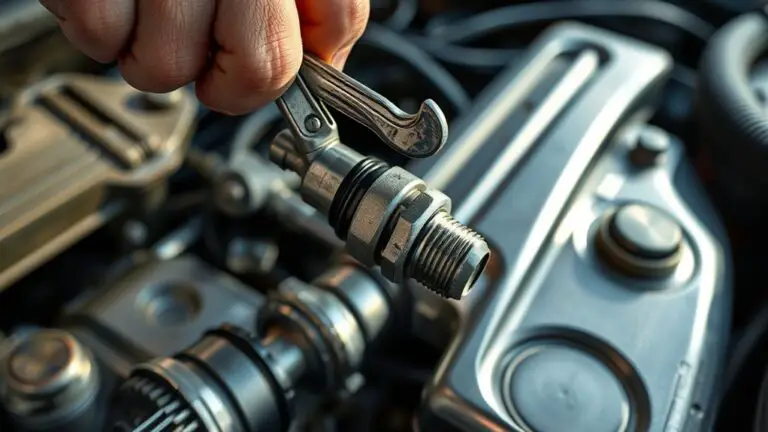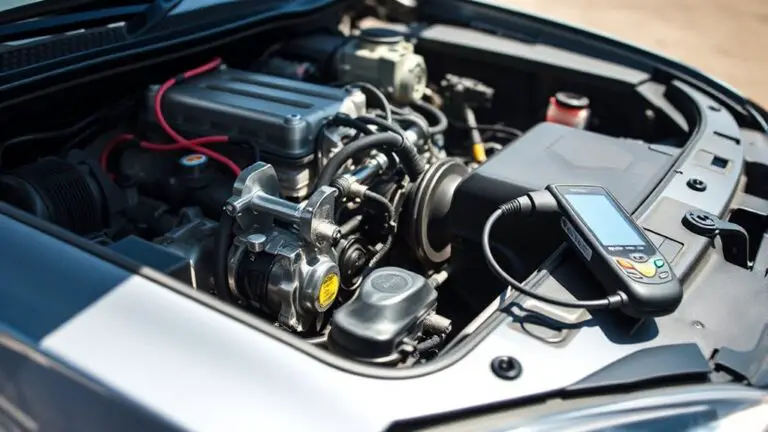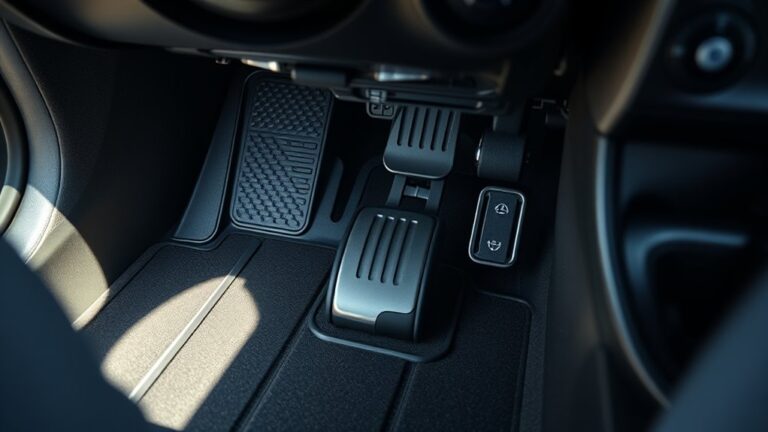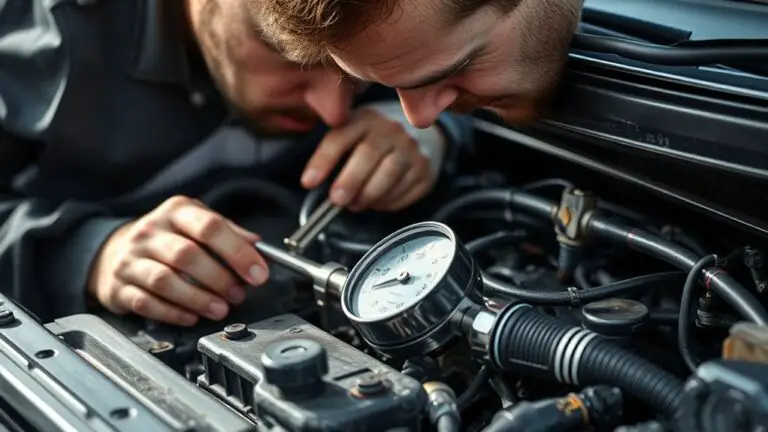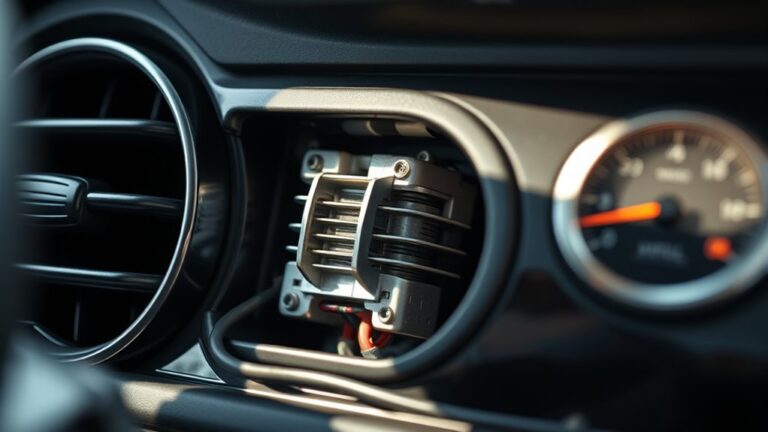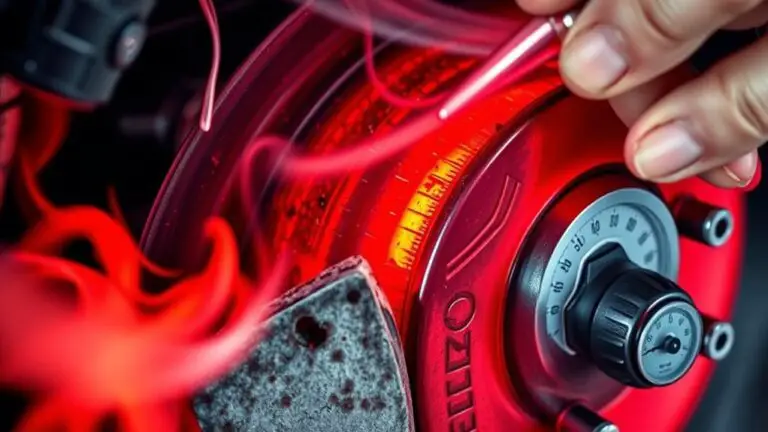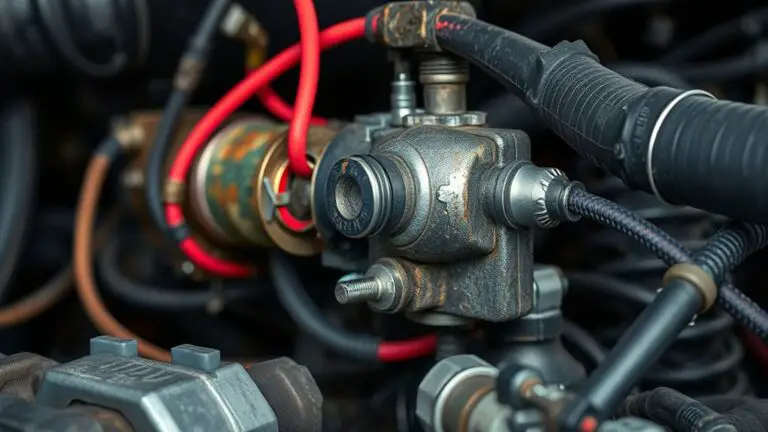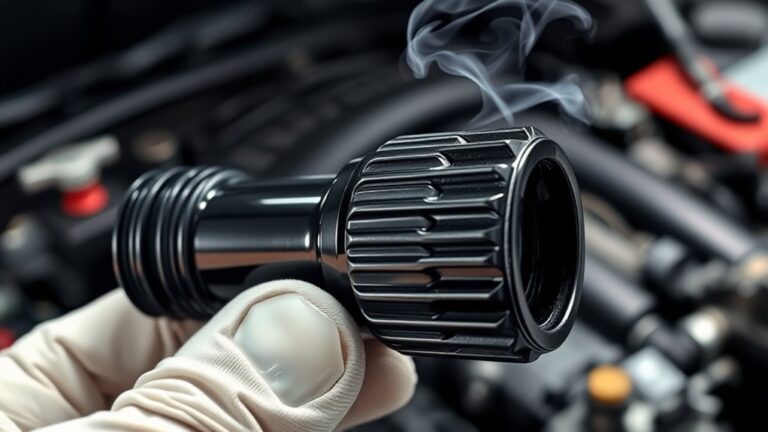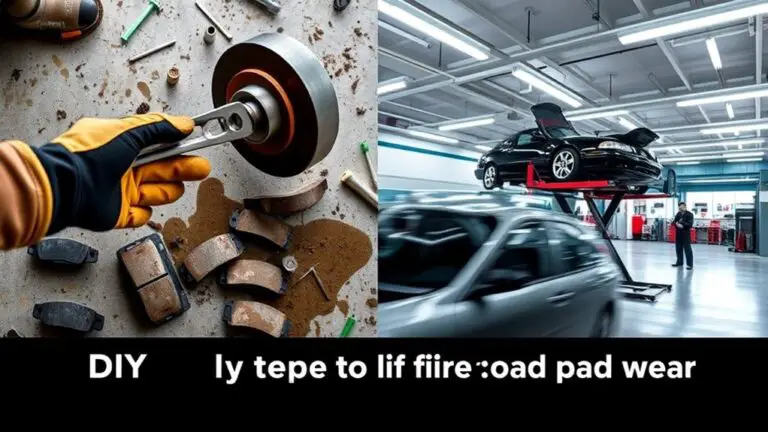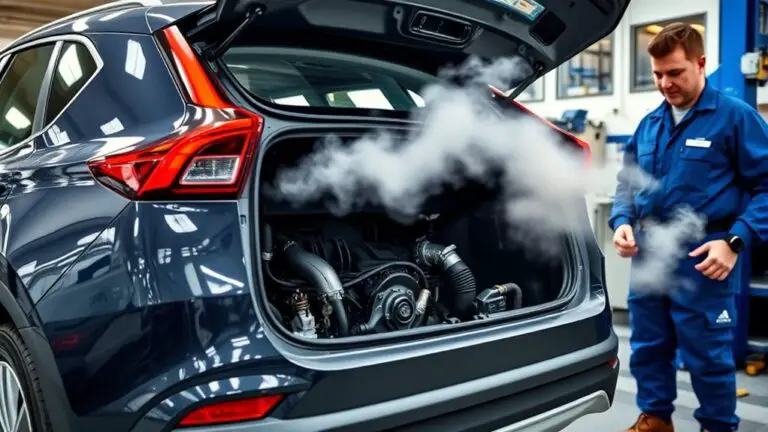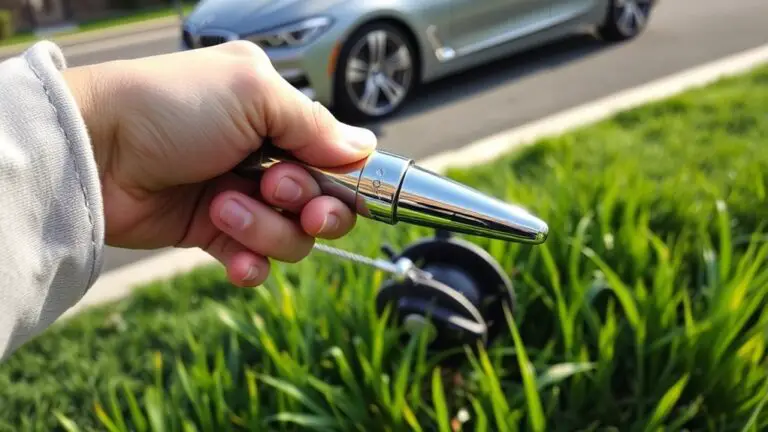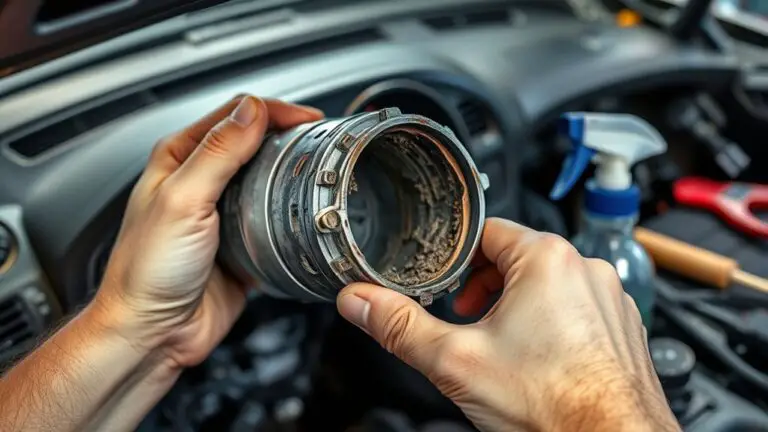Step-By-Step: Fixing Vacuum Leak Caused by a Bad O2 Sensor
To fix a vacuum leak caused by a bad O2 sensor, start by diagnosing the sensor using a multimeter; check for proper voltage output. Next, inspect all vacuum hoses for damage and listen for hissing sounds. Use soapy water to identify leaks. After sealing any leaks, replace the faulty O2 sensor with a new one,…

